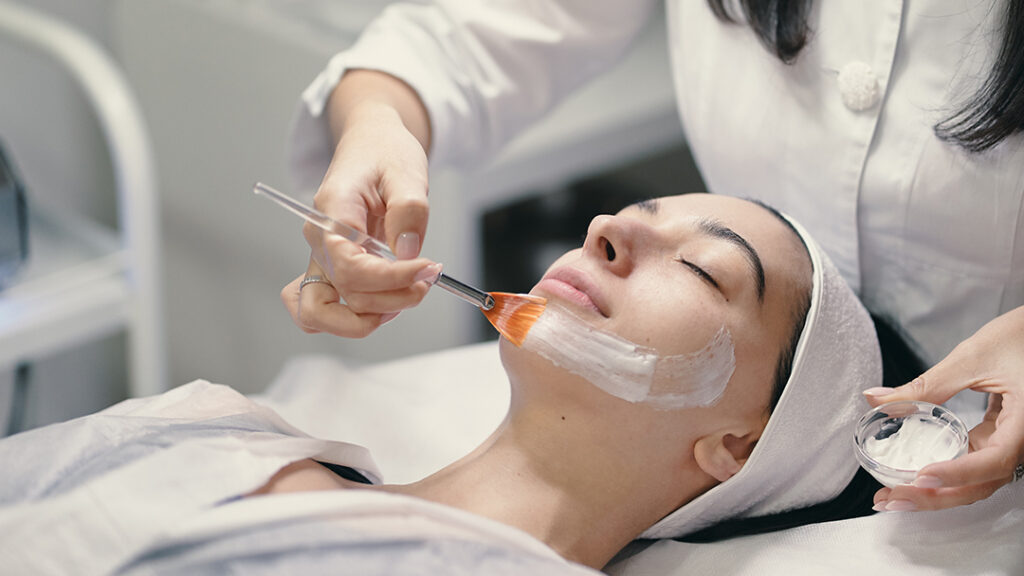
Chemical peels are cosmetic procedures involving the application of a chemical solution to the skin, causing controlled exfoliation and peeling. This process removes damaged outer layers of skin, promoting cell turnover and revealing a smoother, rejuvenated complexion.
Chemical peels are categorized into superficial, medium, or deep, depending on the depth of skin penetration and the specific concerns being addressed. They can effectively treat issues like fine lines, sun damage, acne scars, and uneven pigmentation. Chemical peels are popular for achieving skin revitalization and a more youthful appearance.
Laser hair reduction (LHR) is one of the most common laser procedures in dermatology. The procedure relies on the principle of selective photothermolysis where the laser energy of a particular wavelength is selectively absorbed by a pigmented target and converted to heat
The optimal treatment protocol for Laser hair reduction is based on skin type and characteristics of hair such as density, thickness, and the color (melanin content)
Recent devices presenting with a combination of wavelengths have shown to produce effective hair reduction with no related risks
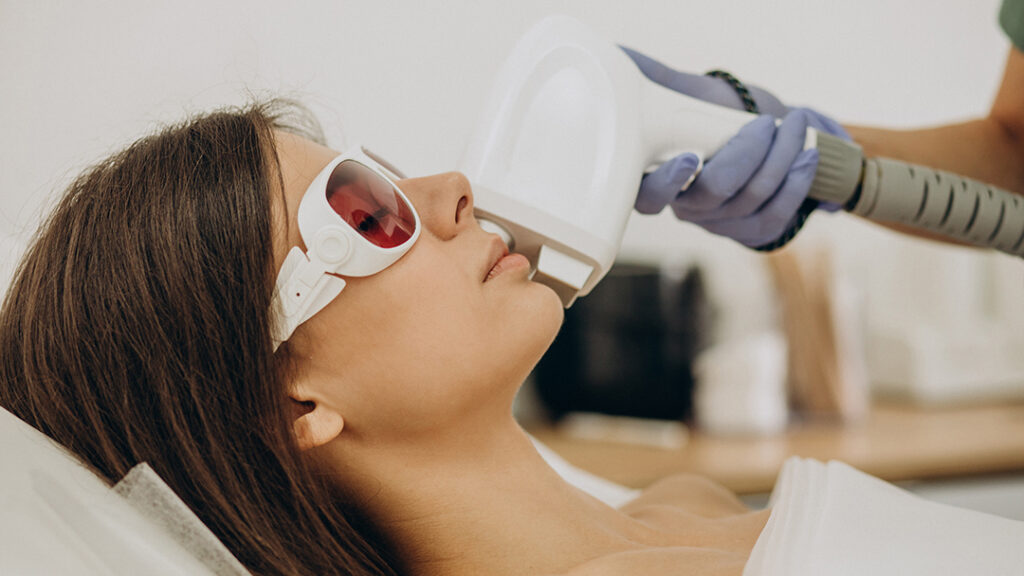
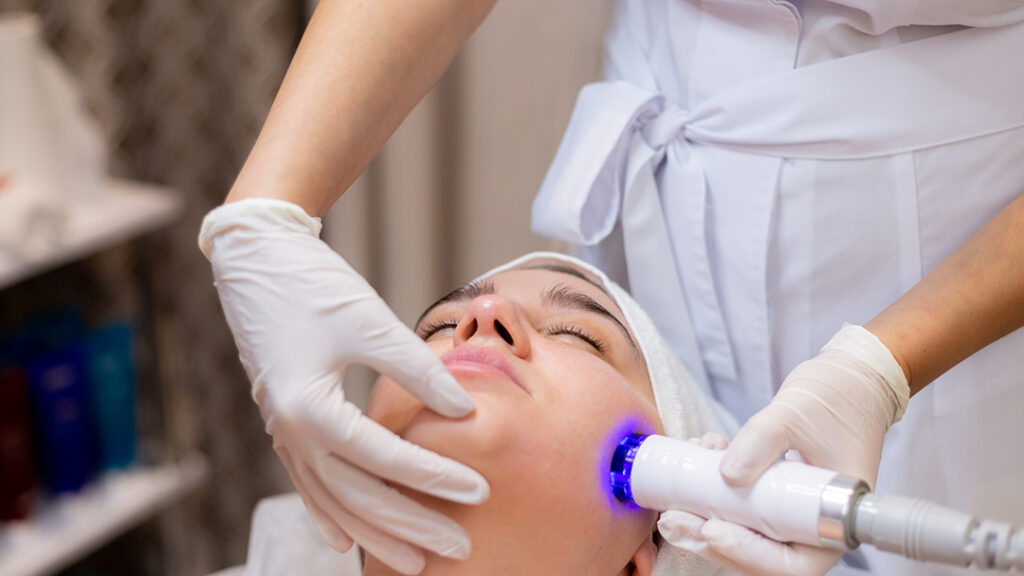
Laser toning is a non invasive procedure that improves skin tone, texture, and pigment irregularities. This treatment involves the use of specialized lasers to target melanin and stimulate collagen production, promoting a more even complexion. Laser toning is effective in addressing issues such as hyperpigmentation, sun damage, and fine lines, without causing damage to the outer layer of the skin. The procedure is quick, virtually painless, and requires minimal downtime, making it a popular choice for individuals seeking skin rejuvenation.
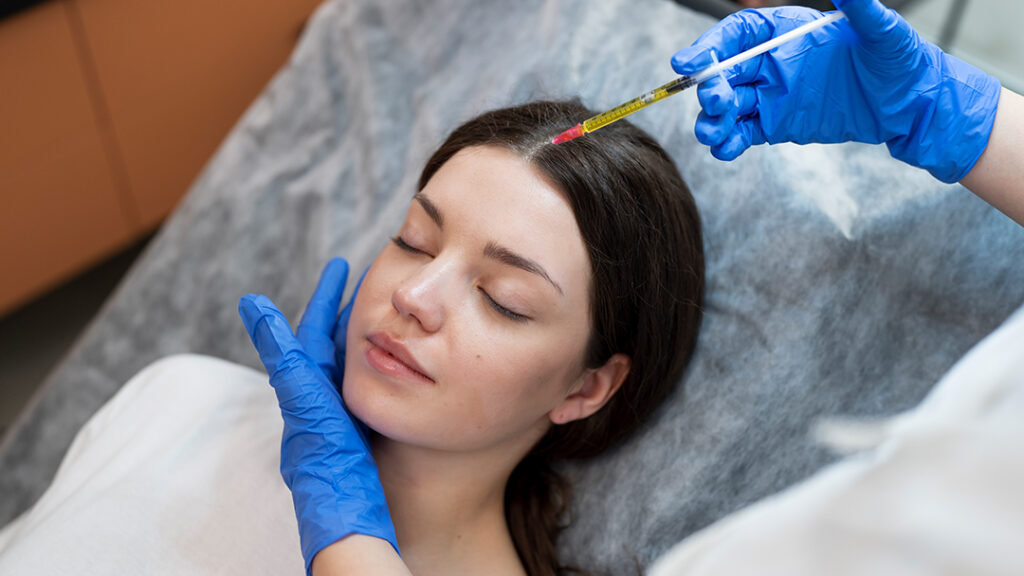
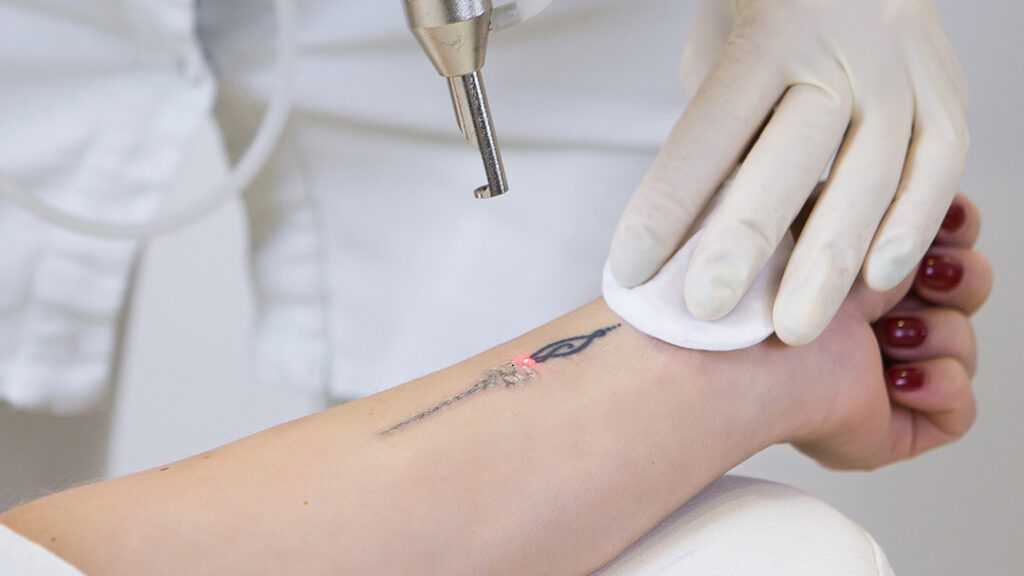
Tattoo removal is a process that involves various techniques to eliminate unwanted tattoos from the skin. Laser tattoo removal, the most common method, uses targeted laser beams to break down tattoo ink particles, allowing the body to naturally dispose of them over time.
The procedure is generally effective but may require multiple sessions depending on the tattoo’s size, color, and depth. Advances in laser technology have significantly improved the safety and
efficiency of tattoo removal, providing individuals with a viable option for eliminating tattoos they no longer desire.
Tattoo removal usually requires multiple sessions, in a gap of 4 to 6 weeks interval. The number of sessions depends on factors such as size, colour , location and the depth of the tattoo
Uneven skin tone is a condition characterized by irregular pigmentation, resulting in areas of the skin appearing darker or lighter than the surrounding areas. Common causes include sun exposure, hormonal changes, age spots, and post inflammatory hyperpigmentation can lead to uneven skin tone
Hyperpigmentation, where certain areas are darker, and hypopigmentation, causing lighter patches, contribute to the overall unevenness.
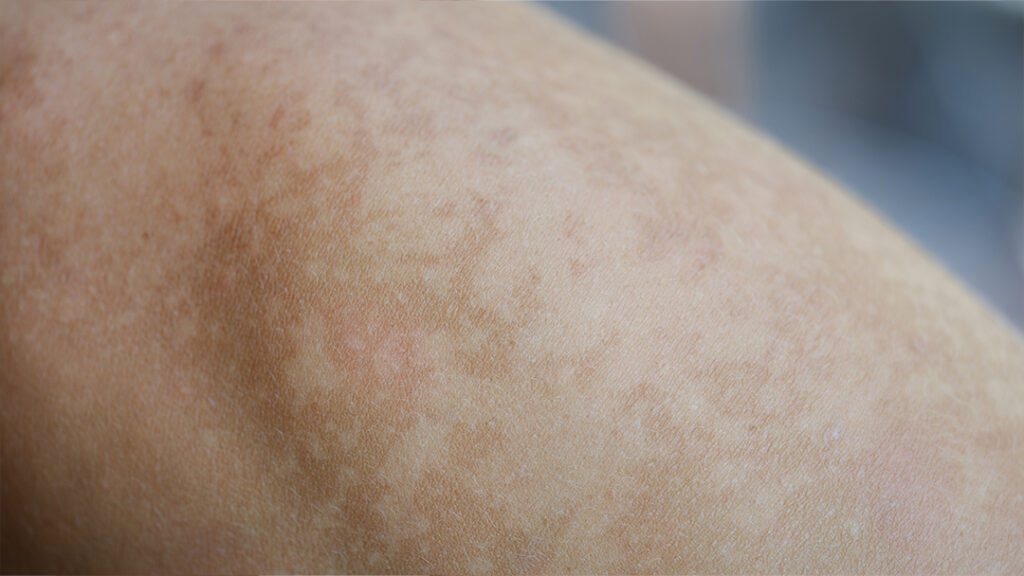
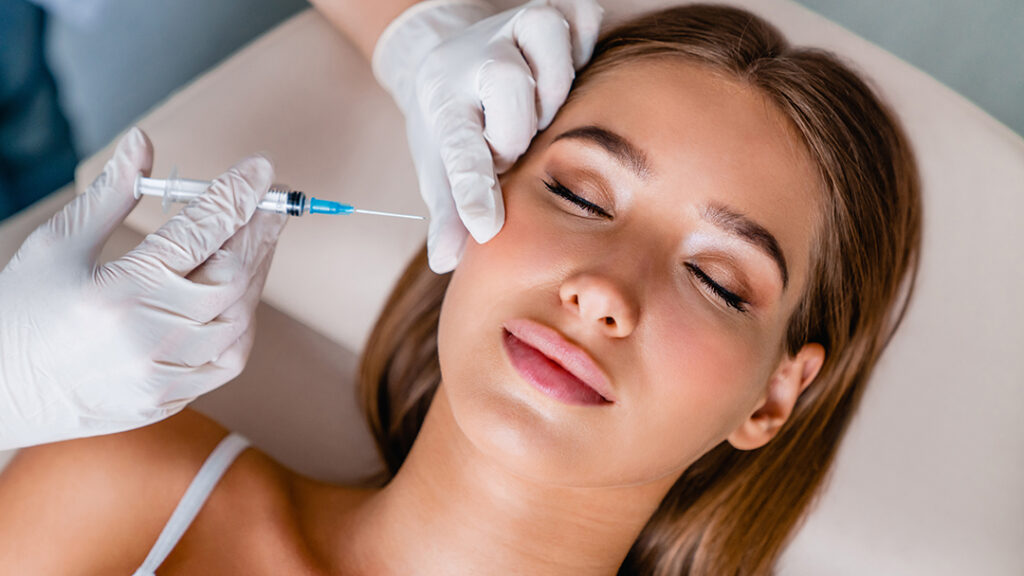
Botox is a neurotoxin derived from clostridium botulinum. It is widely used in aesthetic dermatology to address fine lines and wrinkles.
Botox works by temporarily blocking the nerve signals in the muscles when injected .
The relaxation of the muscles reduces the appearance of the wrinkles giving a smooth younger younger-looking skin. It is a simple daycare procedure done under topical anesthesia.
Common treatment areas include wrinkles and lines in areas such as forehead, between the eyebrows, and around the eyes.
The results are noticed within a few days with optimal results appearing within 2 weeks.
Dermal fillers are gel like substances that are injected beneath the skin to restore the lost volume, soften creases, and smoothen the lines or enhance the facial contours. The main type of fillers that are used are the hyaluronic acid fillers.
Hyaluronic acid (HA) is a naturally occurring substance in the body that attracts and retains water providing volume and hydration to the skin.
HA fillers can be used to add volume to various areas of face such as lips, cheeks , nasolabial fold, etc
The results are instant, depending on the filler used the effect may last for 6-18 months
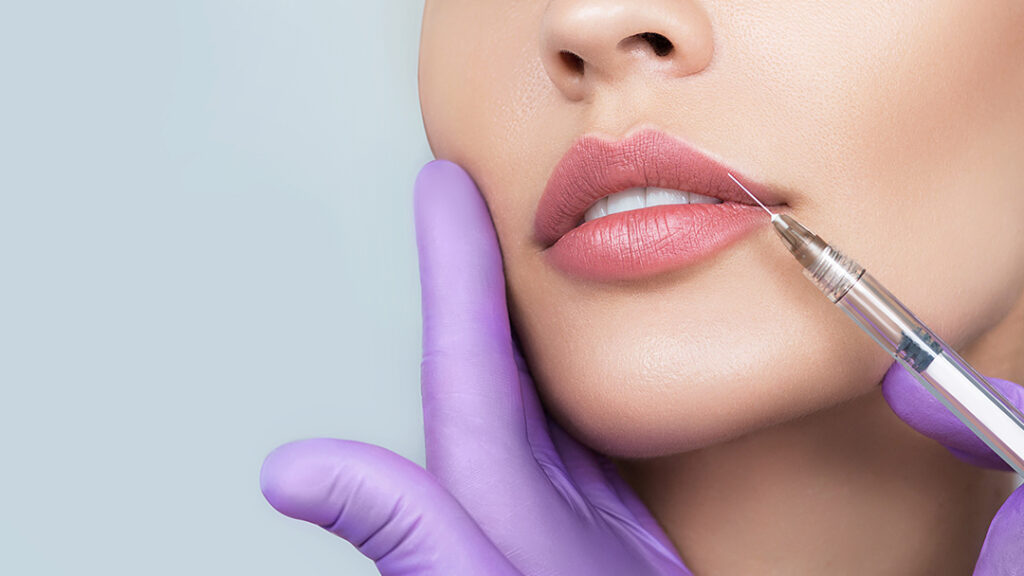
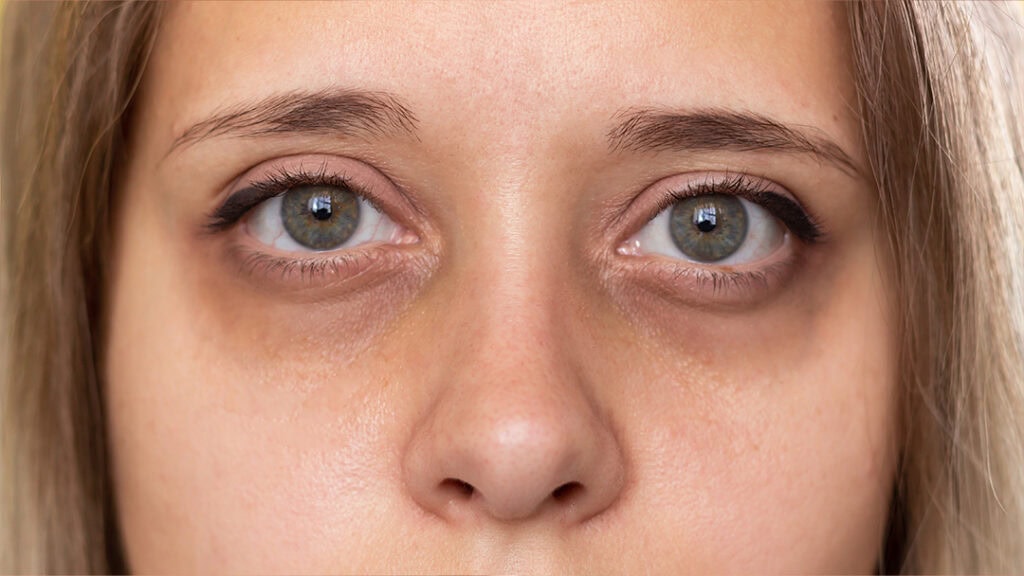
Commonly knows as dark circles, often caused by a combination of factors such as genetics, aging, allergies , excessive vascularity , shadowing due to laxity of skin, and tear trough associated with aging.
Lack of sleep, stress, and dehydration can also exacerbate the appearance of under-eye pigmentation.
The choice of procedure depends on the underlying cause of periorbital melanosis , which can vary among individuals.
Topical treatments, including creams containing ingredients like vitamin C or retinol, can help reduce pigmentation and improve skin texture.
Procedures such as chemical peels, laser therapy ,dermal fillers, platelet rich plasma can be opted depending on the cause of periorbital melanosis.